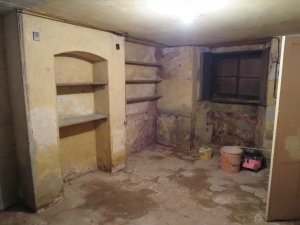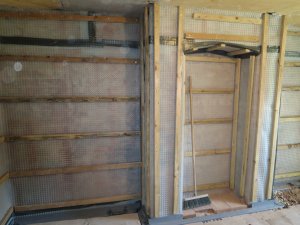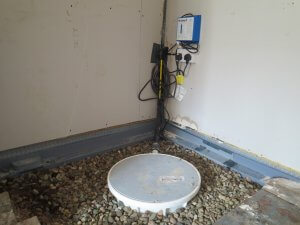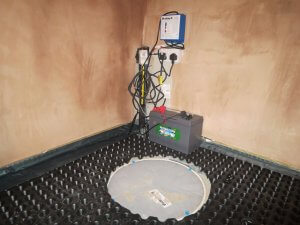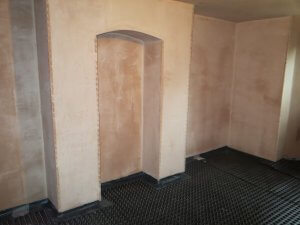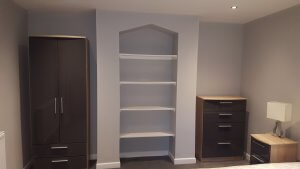In this instalment of A-Z of Atlantis Damp Proofing & Timber Specialists Ltd, Q is for Quality of Internal Air.
As part of our business we deal with solving condensation problems. Most of us spend a lot of our time indoors and the toxic mould associated with condensation can affect the quality of the internal air in your home. But don’t worry, we have a solution to help you solve the problem.
Why focus on Quality of Internal Air?
When we think of air quality, we immediately turn to external air pollution caused by smog and fumes from cars and manufacturing. We all know about the potential health issues associated with these pollutants.
Have you ever thought about the pollutants in your home effecting the air quality?
The dangers from indoor air pollution can also be harmful. Indoor pollution can be caused by cooking residue, paints, varnishes and fungal spores. Also, wood burning stoves, open fires and cleaning products that we all use on a daily basis
There is evidence to suggest that long term air pollution can be extremely harmful to health. Therefore, improving the quality of internal air in your home is so important. Left unchecked, poor quality of internal air can lead to breathing issues, allergies, asthma and chronic pulmonary disease. We have had numerous reports from our customers of almost immediate improvement in air quality once out PIV system is fitted.
Additionally, health benefits aside, improving your indoor air quality can also help get rid of stale smells and provide a generally more pleasant living environment.
How is air quality linked to condensation and mould?
One of the signs of poor ventilation is the appearance of condensation in your home. This moisture and dampness can lead to mould growth. This mould is unsightly and damaging to the fabric of a building. Furthermore, it has also been found to aggravate breathing and skin conditions, such as asthma and eczema.
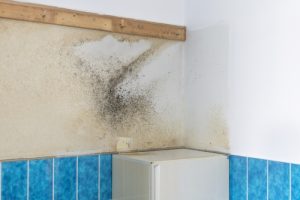
How can I improve the air quality in my home?
There are things you can do to improve the quality of internal air in your home.
Tip 1
You should avoid drying washing indoors, especially on the radiators. This can cause humidity levels to rise due to excess moisture, which is what causes condensation to form. If there is no other alternative and laundry has to be dried inside, it should be done in a well ventilated room. Also, remember to keep the door closed so the moisture can not ‘travel’ around the home as readily.
Tip 2
You should leave space between furniture and the wall. Condensation and mould love tight spots in your home where there is poor circulation of air. This is where the quality of internal air is low. It is best to leave a few centimetres between your furniture and walls to enable the air to circulate. Try to ensure that your wardrobes are placed against internal walls in the bedroom. These walls will be warmer than external walls, making mould less likely to form behind them.
Tip 3
Next you can test the quality of air in your home. You can do this by purchasing an air quality monitor. This will give you real-time alerts of air pollution levels in your home. If you are concerned about indoor air quality, particularly if you have children, then it’s a good idea to contact us to arrange a ventilation survey.
Tip 4
You may decide that the best way to reduce pollutants in the home and improve air quality is to invest in an effective ventilation system. A whole house ventilation system, like Positive Input Ventilation (PIV), can be housed discretely in the loft or hallway and can improve the air quality across all the rooms in the house. By introducing fresh, filtered air into a home, humidity is lowered, and condensation and mould cannot form. It also dilutes the levels of air pollutants in the home.
What is a Whole House Ventilation System (PIV) system?
As you can see, we believe that ventilating your property is key to improving the quality of Internal air. One system we have mentioned in the whole house ventilation (PIV) system. In essence this system works by taking the positive pressure from your loft space and using that to force the moisture laden air out of the property before it gets a chance to condense. Positive Input Ventilation systems are ideal for curing your mould & condensation issues and air filtration. A single system is ducted to a central area which covers your whole property. Furthermore, there are both loft and wall mounted options to suit your house or apartments.
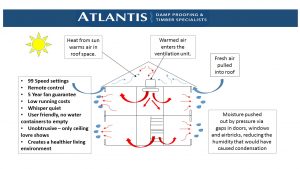
What is Breath Easy Week?
This summer, from 18-24th June 2018, British Lung Foundation focuses on lung health and raising awareness of lung conditions. We like to do our bit to support charities and as such, we’ll donate 10% of our profit from every PIV installation we complete in June.
Although June may not be in the official ‘condensation season’, the signs you had last winter will return. Your condensation issue may even be worse this winter so we suggest you take advantage of this offer while you can. Get fresh, clean air to help your whole family breathe easier.
Want to know more?
What next? Contact us now to see how we can help you improve the quality of internal air in your home.
The post Q is for Quality of Internal Air appeared first on www.AtlantisDamp.co.uk.
source
https://www.atlantisdamp.co.uk/blog/qualityofinternalair/
